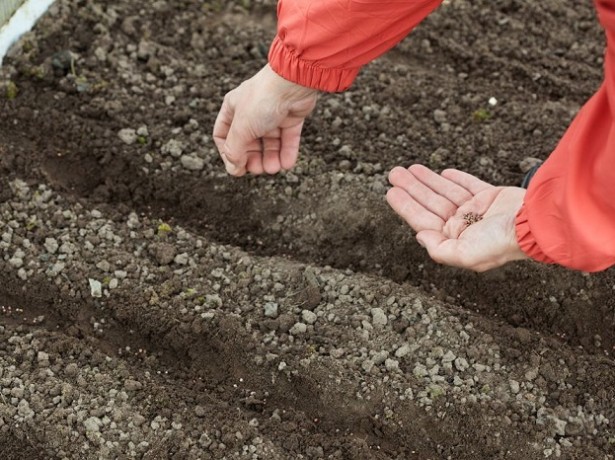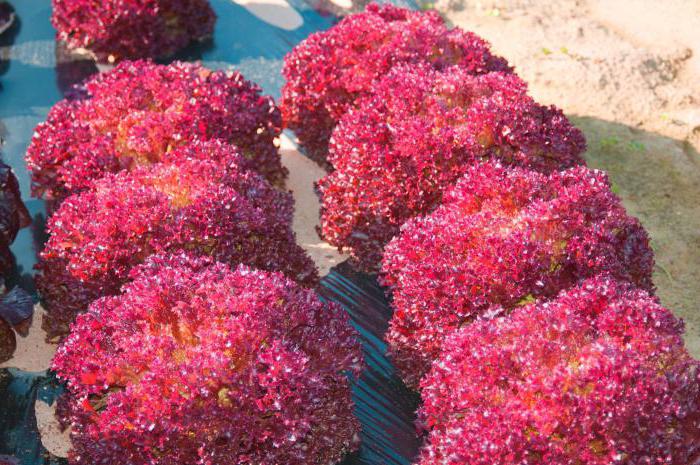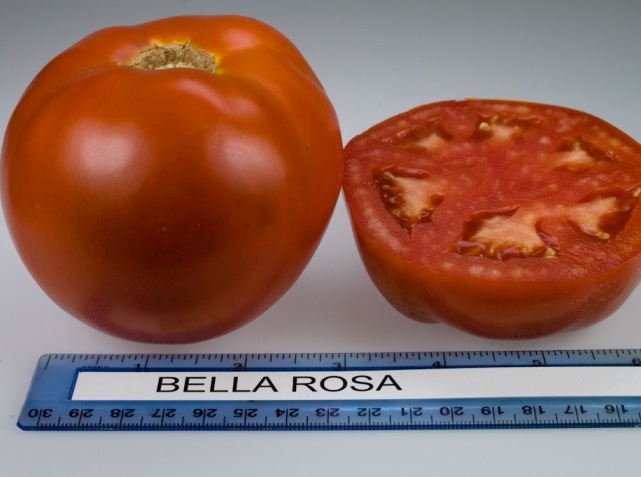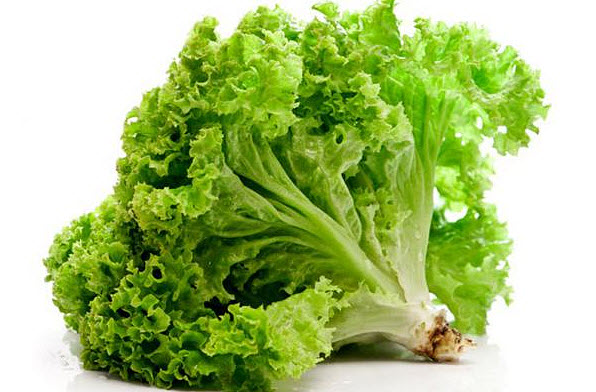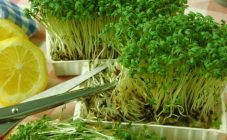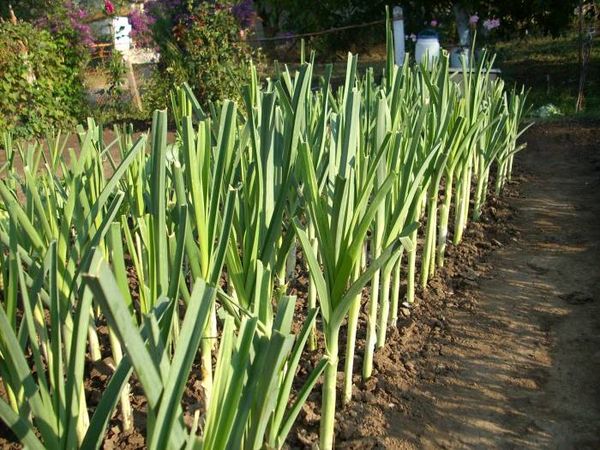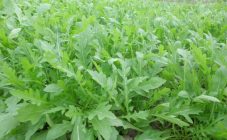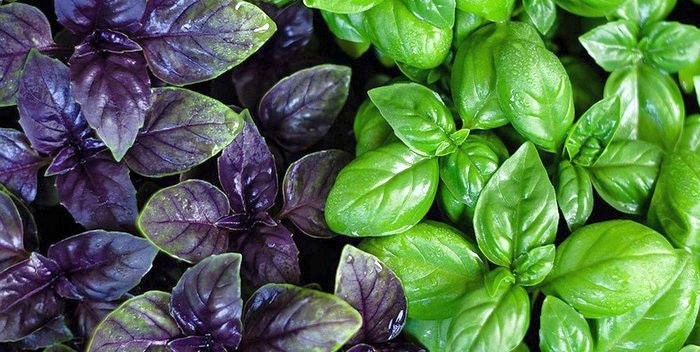Content:
In our country, people have become addicted to salad crops not so long ago. But delicate foliage with a pleasant aftertaste has become a part of the culinary habits of our compatriots. So, today in the gardens you can find beds with colorful openwork lettuce leaves with the exotic name "Lollo rossa".
The very name of the culture - lollo - suggests its foreign origin. The development of this type of decorative salad belongs to Italian breeders, and the historical homeland of the salad is this sunny peninsula.
It should be noted that the Lollo Rossa salad appeared in the homeland relatively recently - at the beginning of the last century. In Italy it is better known as "coral" salad. Its quirky curly leaves and burgundy brown color resemble the corals that are abundant in the waters of the Mediterranean. After the Italians, the exquisite French rushed to discover it, and after them the Americans began to use it for burgers and sandwiches.
Description of the Lollo Rossa salad variety
This culture belongs to the type of lettuce. These are soft salad hybrids used to decorate dishes, and if included as one of the ingredients, they add extra volume to the dishes.
Outwardly, the hybrid is similar to ordinary leafy salads, differing only in the color of the leaf - burgundy-red-brown shades with a small green border around the edges and an almost white core of the rosette. The diameter of the rosette is no more than 20 cm. The foliage tastes slightly bitter, giving off a light nutty aroma.
Botanical description of the variety
The culture is positioned as annual. But, if you do not cut off the young bunches, then over time, the rosette releases an arrow and begins to bloom, seeds form in the faded flowers that are perfectly preserved in the ground and give new shoots the next year. The shortened growing season - 40-45 days allows you to sow the crop up to several times per season, as well as all year round. So, the variety is sufficiently resistant to cold and low temperatures, which allows it to be grown on the balcony in April-May. It reaches technical ripeness by July, if planting is done in June, it ripens by August.
In general, Lolo Rosso salad, which is also grown in the cold regions of our country, is a rather unpretentious culture.
Main characteristics:
- An unpretentious, frost-resistant culture that can withstand frosts down to -2 degrees, does not cause trouble for the culture and cold dew;
- The main growing regions are the middle zone of Russia, the Urals, Siberia;
- For landing, neutral and slightly acidic soils are suitable;
- Suitable for open and closed ground;
- The variety is early ripe, for fresh consumption;
- Ripening period - 40-50 days;
- The total yield is from 3 to 5 kg / sq. m.
So, the salad variety belongs to the category of early-maturing, high-yielding soft-leaved crops, which can be grown on the windowsill and in the garden.
Types of Lollo Rossa salad:
- Lollo Rossa with burgundy red leaves;
- Lollo Bionda with curly green foliage.
In addition to the difference in the color of the leaves, the Bionda species has a more delicate and rich taste, but in terms of energy value and vitamin content, both species are identical. It is also worth noting such a feature of the green species as the tendency to flowering, and the leaves on the overgrown stem lose their tenderness and begin to taste bitter.
Agrotechnics of salad
This variety can be planted in mid-April. Its seed is quite hard, resembling carrot or parsley seeds. Before planting in open ground, it is not necessary to germinate them, but stratification is recommended to improve germination. The latter consists in the fact that a week before planting, the seeds are placed in the refrigerator.
In regions with a cool climate, planting is carried out until mid-July.
It is recommended to plant seeds with respect to the distances between the rosettes and rows. So, between the lettuce bushes it is worth leaving at least 15-20 cm, and between the rows - up to 25 cm.
A key feature of lettuce seeds is long-term germination, after planting, the first shoots appear only after 14-16 days, but after seedlings, with regular watering, they develop very quickly.
Choosing a landing site
The plant is thermophilic and requires light, while it does not tolerate drafts. It is better to choose a place on the south side, you can land it behind the house or near the fence. It grows well in damp, slightly marshy places, but provided that the salad is in the sun most of the day.
In closed ground in heated greenhouses and greenhouses, Lollo Rossa begins to be planted in February. For sale through a chain of stores, seeds are planted in the ground in plastic pots with slots. The first harvest is in early March. They remove the sockets along with the pots, with them they go on sale in the package. By the way, if you cut off the foliage, place such a pot in the ground and feed it, the rosette will give new leaves.
At home, on a plot in a greenhouse, this culture is rarely planted. She is unpretentious, and she does not need special care.
Care features
Lollo Rossa is not picky about grooming, but he needs regular watering and a lot of sunlight. It is also important to provide the salad with timely weeding and loosening between the rows.
If the soil is not fertile or is depleted, then during the period of the appearance of the first sprouts, you can make root dressing with fertilizers for cabbage.
Diseases and pests are practically not capable of causing serious harm to this crop.
Advantages and disadvantages of the variety
Experienced gardeners distinguish the following among the key advantages of this variety:
- Unpretentious care;
- Undemanding to soil and resistance to diseases;
- Ability to be adjacent to any kind of culture;
- Early maturity and high yield;
- Cold resistance.
Among the shortcomings of the variety, its poor resistance to droughts and extreme heat is noted. During such periods, it is necessary to provide watering in the morning and evening.
Also among the advantages of this type of salad is its benefits for the human body. So, it is recommended for use as part of a dietary diet - 100 grams of leaves contain folic and ascorbic acid, as well as important trace elements: selenium, zinc, iron, potassium and calcium.
Of the culinary shortcomings, the bitterness present in the foliage is noted. It is easy to get rid of it, you can hold the leaves a little in a weak vinegar-saline solution (a pinch of salt, 2-7 drops of vinegar per 0.5 l of water), and also sprinkle with vinegar or lemon juice.
It is recommended to use this salad with caution for people with urolithiasis and colitis.
In conclusion, it should be noted that in the past few years the interest of gardeners and consumers in this salad variety has increased significantly, which is explained by its useful properties and decorative appearance.

